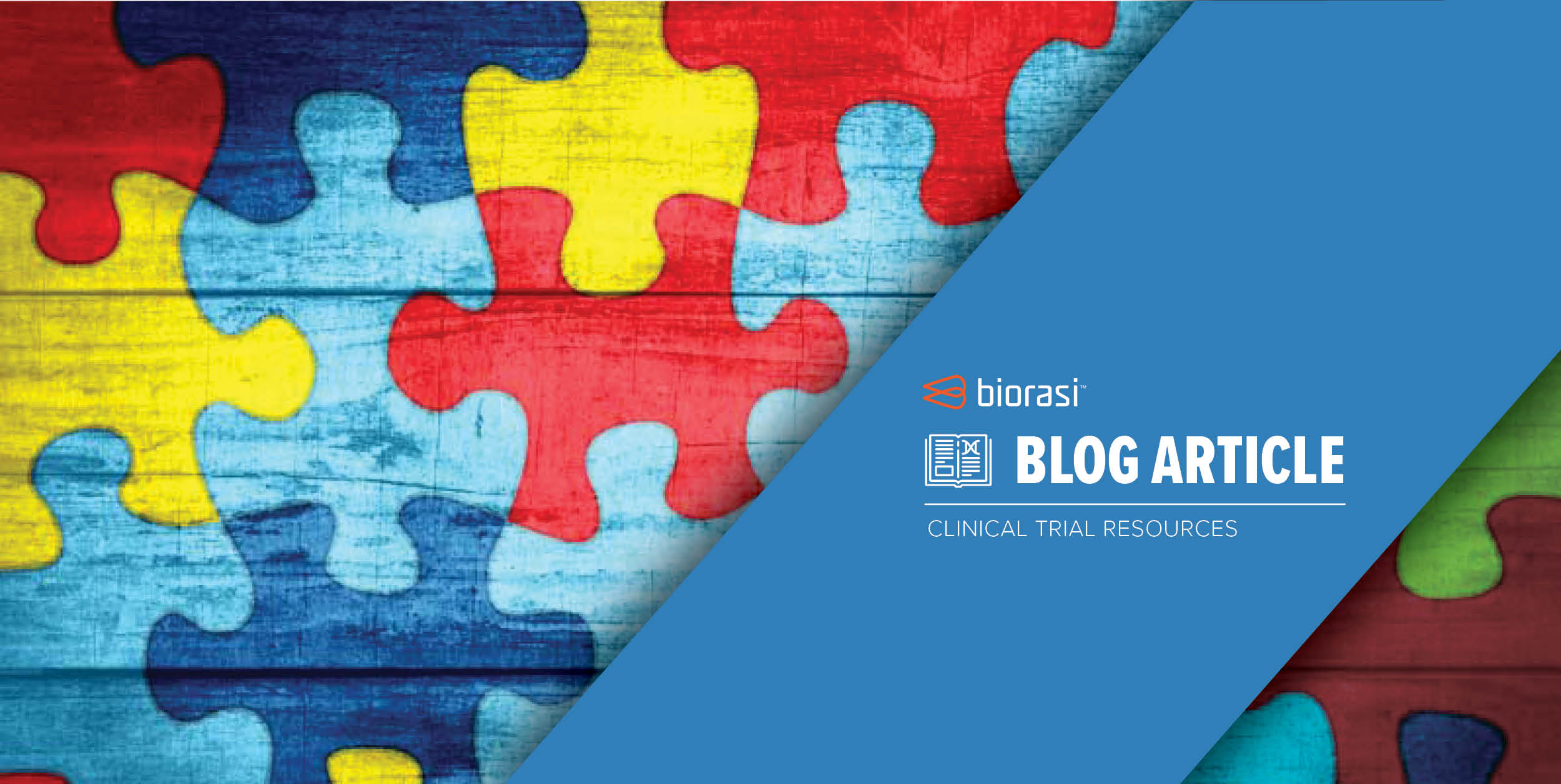Resource • Article
How to Launch a Successful, Cost-Effective Neurodevelopmental Study

Many neurological conditions, including cerebral palsy, ADHD, epilepsy and autism, manifest either at birth or during childhood. Developing treatments for these diseases is challenging enough. Add to that the clinical, ethical and regulatory concerns that come with investigating drugs and devices for the pediatric population, and it’s no surprise this vulnerable segment gets overlooked. Of the pediatric studies that do take place, almost half of them fall apart.
A retrospective, cross-sectional study published by American Academy of Pediatrics evaluated pediatric randomized clinical trials registered in ClinicalTrials.gov from 2008 to 2010. Of 559 trials, 19% were discontinued early. Of the completed trials, 30% were not published. In addition to costs incurred by sponsors, this means thousands of children were exposed to testing with no beneficial outcome.1 While this is frustrating for any population, it’s especially upsetting for parents of sick kids.
Children aren’t little adults
Sponsors have to tailor pediatric studies to the needs of children and families. That involves the following considerations:
- Follow appropriate regulatory and legal requirements for parental consent and permission at the time of enrollment.
- When selecting sites and investigators, choose pediatric hospitals and specialists, as well as assistants used to working with children.
- Evaluate and adjust treatment, dosing and testing in relation to the pediatric population (adolescent, children, neonatal, infant).
- Obtain study-specific, kid-specific equipment to run tests such as EEGs.
How to run a more efficient pediatric clinical trial
Although pediatric trials overall cost roughly the same as adult clinical trials according to one analysis, they generally produce a more modest return on investment.
An analysis of nine drugs granted Pediatric Exclusivity, an FDA program authorized by Congress in 1997, estimated the cost of performing each of those nine studies and converted those estimates into after-tax cash outflows. It also obtained three-year market sales reports and converted those into after-tax inflow estimates.
The distribution of net economic return ranged from an $8.9 million loss to $507.9 million in profit depending on the indication.3 The authors added that the benefit to society cannot be underestimated.
To ensure your neurodevelopmental or other pediatric study completes in a cost-effective, efficient manner, follow these tips:
Do more with less
The procedures or intended interventions in a pediatric study should be minimized. Under 21 CFR 50.52, the balance of risk and anticipated clinical benefit should be at least comparable to the available alternative treatment.2
Researchers in pediatric trials have to work with fewer subjects, use fewer procedures or tests and use fewer needle-sticks. Any sample taken from a child must provide maximum information for the study.
To offset the limited amount of data, sponsors may be able to use results from adult clinical trials to establish efficacy in children. According to the FDA, this includes using existing knowledge such as nonclinical data, data about related compounds and disease pathophysiology, as well as consideration of the developmental physiology of the pediatric population or subgroup.
FDA also recommends using model-informed approaches such as statistical models and simulations based on physiology, pathology, and pharmacology. “Considering the limited ability to collect data in the pediatric population, pediatric drug development requires tools to address knowledge gaps. [Modeling and simulation] is one such tool that can help avoid unnecessary pediatric studies and help ensure appropriate data are generated from the smallest number of pediatric patients,” it states.3
Streamline equipment to control costs
Neurodevelopmental studies may use equipment such as an EEG to view brain structure or measure brain activity. However, not all hospitals or research centers have the level of equipment needed to conduct these studies. If they do, they may not all have the same type of machine.
To homogenize readings across sites, many CROs suggest sponsors lease or centralize equipment. Both options add enormous cost to a clinical trial.
Biorasi takes a more cost-conscious, but equally effective, approach. To ensure consistency across sites, we recommend those sites all have the same version of Persyst software. Every major EEG manufacturer supports Persyst.
When all sites follow the same criteria using Persyst, there’s no need to lease or outsource machines. The goal is for all sites to export the same analysis data the same way. We’ve found this software-driven approach works especially well for cost-driven small- to midsize pharmaceutical companies.
For information on EEG standards and recommendations, reference American Clinical Neurology Society’s guidelines on pediatric EEG, technical requirements for clinical EEG, and continuous EEG monitoring in neonates.
Ensure consistent, objective assessment
Much like adult neurological studies, neurodevelopmental studies use multiple assessment scales to measure cognitive, motor, language and developmental data. However, pediatric physicians often don’t measure characteristics in the same way.
Ongoing, highly specific training helps ensure physicians screen young patients consistently, which leads to a more accurate clinical trial. Ongoing training during the course of the study helps minimize subjectivity.
Using centralized reading centers (CRC) is another way to ensure standardized, objective grading of images and other data. This service does come at a cost. Your CRO can help you determine the best course of action for your particular study.
Running a neurodevelopmental study requires special considerations to ensure the safety and general comfort of a young population. Partner with a new kind of Neurological CRO who can bring your trial to a successful study. Get in touch to explore a solution for your next trial.
Resources
- Pica Natalie, Bourgeois Florence. Discontinuation and Nonpublication of Randomized Clinical trials Conducted in Children. Pediatrics Sep. 2016, 138 (3) e20160223; DOI: 10.1542/peds.2016-0223.
- E11 (R1) Addendum: Clinical Investigation of Medicinal Products in the Pediatric Population, Guidance for Industry. U.S. Department of Health and Human Services, FDA, Center for Drug Evaluation and Research (CDER), Center for Biologics Evaluation and Research (CBER), April 2018.
- Li JS, Eisenstein EL, Grabowski HG, et al. Economic return of clinical trials performed under the pediatric exclusivity program. JAMA. 2007;297(5):480–488. doi:10.1001/jama.297.5.480